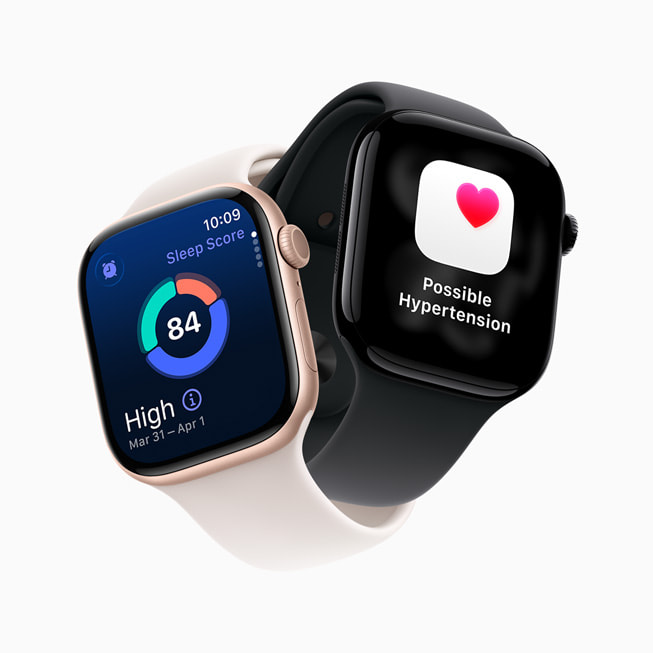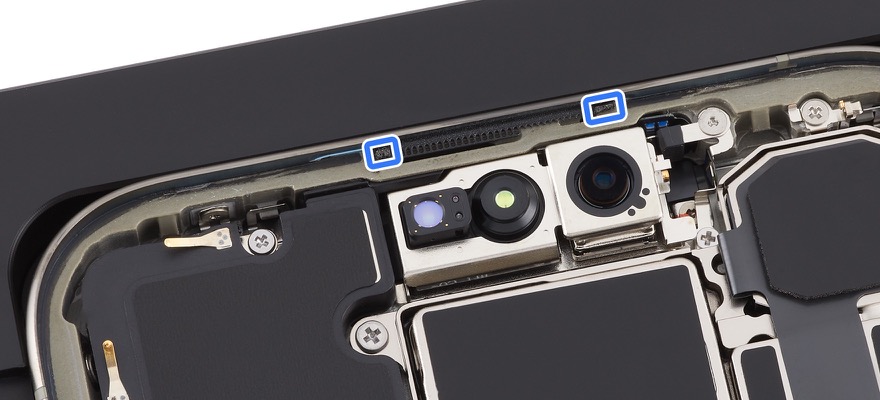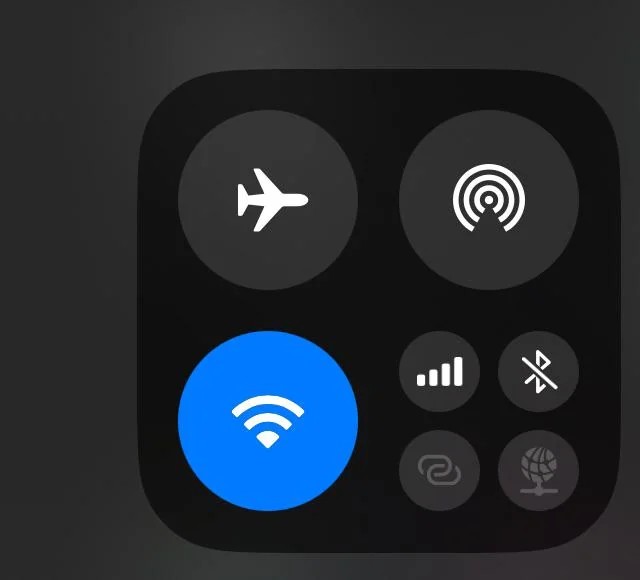The journey of the Apple Watch from a stylish iPhone companion to a formidable personal health guardian is one of the most compelling narratives in modern consumer technology. Initially a device for notifications, fitness tracking, and communication, it has methodically evolved into a sophisticated platform capable of monitoring critical aspects of our well-being. With each iteration of hardware and software, Apple deepens its commitment to health, culminating in features that were once the exclusive domain of clinical settings. The recent regulatory approvals for advanced health monitoring capabilities, such as notifications for hypertension and hypotension trends, mark a pivotal moment in this evolution. This isn’t just another feature; it’s a paradigm shift in proactive and preventative health management, placing powerful insights directly on the user’s wrist.
This comprehensive article delves into the technological advancements powering these new health features on the Apple Watch. We will explore the science behind the sensors, navigate the complex regulatory landscape, and analyze the profound implications for users, healthcare providers, and the broader Apple ecosystem. From its integration with the iPhone to its potential future with augmented reality, we will uncover how the Apple Watch is cementing its place as an indispensable tool for a healthier life.
The New Frontier: Understanding Apple Watch’s Advanced Health Monitoring
Apple’s foray into serious health monitoring began with features like high and low heart rate notifications and has since accelerated to include groundbreaking tools like the ECG app and Blood Oxygen monitoring. The latest advancements build upon this foundation, leveraging sophisticated sensors and algorithms to provide users with a more holistic view of their cardiovascular health. This progression represents a significant leap from reactive alerts to proactive, long-term health trend analysis.
From ECG to Blood Pressure Trends: A Leap in Wearable Tech
The introduction of the ECG app on Apple Watch Series 4 was a watershed moment, providing users with the ability to take an electrocardiogram on demand and check for signs of Atrial Fibrillation (AFib). This was followed by the AFib History feature, which allows users diagnosed with AFib to track the frequency of the arrhythmia over time. The newest frontier is the passive monitoring of blood pressure trends. It’s crucial to understand what this feature is and what it is not. Unlike a traditional inflatable cuff, the Apple Watch does not provide on-demand systolic and diastolic measurements. Instead, it uses its array of sensors to collect data over time, analyzing trends to notify the user if their blood pressure is trending upwards, potentially indicating hypertension, or downwards, indicating hypotension. This system is designed for awareness and to encourage users to seek formal medical measurement and consultation, not to replace clinical diagnostic tools.
How It Works: The Science Behind the Sensor
The magic behind these advanced metrics lies in the Apple Watch’s optical heart sensor, which uses photoplethysmography (PPG). This technology employs green LED lights paired with light-sensitive photodiodes to detect the amount of blood flowing through the wrist. While this is excellent for measuring heart rate, inferring blood pressure trends is far more complex. It is believed that Apple’s algorithms analyze Pulse Transit Time (PTT)—the time it takes for a heart-rate-induced pressure wave to travel between two points in the body. By correlating PTT with data from its other sensors, like the accelerometer and gyroscope, and applying advanced machine learning models trained on vast datasets, the watch can estimate and classify long-term blood pressure trends. This entire process underscores the importance of themes found in Apple privacy news; all health data is encrypted on-device and in iCloud, ensuring user control and confidentiality, a cornerstone of iOS security news.

A Deeper Dive: The Technology and Regulatory Landscape
Bringing a feature like blood pressure trend monitoring to a consumer device is an immense technical and regulatory undertaking. It requires not only engineering a sensor package that is both accurate and power-efficient but also navigating a global patchwork of health regulations to validate its efficacy and secure approval for use. This dual challenge highlights Apple’s unique position at the intersection of consumer electronics and health technology.
The Engineering Challenge: Beyond Simple Heart Rate
Monitoring blood pressure trends from the wrist without a cuff is an engineering marvel. The algorithms must account for countless variables, including wrist position, skin perfusion, user movement, and even ambient temperature, all of which can affect PPG signal quality. The device must perform these complex calculations continuously in the background without decimating battery life. The collected data doesn’t live in isolation; it is seamlessly integrated into the Health app, which serves as the central repository. This is where the broader Apple ecosystem news becomes relevant. A user can review their trends on the larger screen of an iPad, making the latest iPad news about screen technology and processing power directly beneficial to health data visualization. The tight integration between the watch and the iPhone is paramount, with the latest iPhone news often detailing the processing power needed to manage and display this health data effectively.
Navigating the Maze of Health Regulations
Perhaps the most significant hurdle is regulatory approval. For a feature to be marketed with health claims, it must be cleared or approved by governmental bodies like the U.S. Food and Drug Administration (FDA) or Health Canada. This involves submitting extensive clinical validation data demonstrating the feature’s accuracy and safety. The process is rigorous, time-consuming, and country-specific, which is why features are often rolled out geographically. This meticulous validation is what separates Apple’s health features from many other wellness gadgets. It provides a level of trust and reliability that is essential when dealing with something as critical as cardiovascular health. Every piece of Apple health news concerning a new feature launch is preceded by years of unseen work in clinical trials and regulatory submissions.
The Ecosystem Effect: Health as a Cornerstone of Apple’s Strategy
Apple’s health ambitions extend far beyond a single device. The Apple Watch is the primary data collection point, but its true power is realized through its deep integration across Apple’s entire ecosystem of hardware, software, and services. This holistic approach transforms individual data points into a comprehensive, actionable, and long-term picture of a user’s health.
More Than a Watch: Integrating Health Across Devices

The Health app on iPhone and iPad is the command center, aggregating data not just from the watch but from other apps and connected accessories. This creates a powerful, unified health record. This strategy is visible everywhere. For instance, the latest Apple TV news often highlights enhancements to Apple Fitness+, where real-time metrics from your watch are displayed on the screen during a workout. The role of voice is also growing; recent Siri news points to an increased ability to log health metrics hands-free. Even products seemingly unrelated to health play a role. The latest AirPods Pro news details features like Conversation Boost, which aids those with mild hearing challenges, contributing to overall well-being. This interconnectedness is a far cry from the single-purpose devices of the past. The days of dedicated music players, which once dominated iPod news, have been replaced by multifaceted devices where health is a core function. The idea of an iPod revival news seems less likely when you consider how the iPhone and Apple Watch have absorbed and expanded upon those original functions.
The Future of Health Data: From 2D Screens to 3D Spaces
Looking ahead, the visualization and interaction with health data are poised for another revolutionary leap. The latest Apple Vision Pro news hints at a future where we can move beyond flat charts and graphs. Imagine a cardiologist using an AR application to view a dynamic, three-dimensional model of a patient’s heart, constructed from their Apple Watch ECG data. This is the frontier of Apple AR news. A user could visualize their blood pressure trends over time as a tangible object in their living room, gaining a more intuitive understanding of their body. Future interaction models could involve using an Apple Pencil to annotate health reports on an iPad or, speculatively, a future Vision Pro wand to manipulate complex medical imagery. Even accessories could evolve; while we see Vision Pro accessories news focused on comfort and input, future sensors could be integrated. This spatial computing future will transform personal health management from a passive tracking activity into an immersive, educational experience.
Practical Applications and User Considerations
While the technology is impressive, its real-world value depends on how users incorporate it into their lives. Understanding the best practices for using these features, as well as their inherent limitations, is crucial for maximizing their benefit and avoiding potential pitfalls.

Best Practices for Leveraging Apple Watch Health Data
To get the most out of Apple Watch’s health features, users should adopt a few key practices. First, ensure your device is always up-to-date; checking for iOS updates news is important as new health features and accuracy improvements are often bundled with software releases. Second, understand that the watch is a screening tool, not a diagnostic one. If you receive a notification about a potential health issue, the correct action is to consult a healthcare professional and validate the findings with clinical-grade equipment. Third, use the Health Sharing feature to securely share your data with family members or your doctor, creating a collaborative support system. You can even use your iPad to create a health-focused vision board, an interesting take on iPad vision board news, using screenshots of your progress from the Health app to stay motivated.
Potential Pitfalls and Limitations
There are also important considerations to keep in mind. For some, the constant stream of data can lead to health anxiety, where every minor fluctuation causes concern. It’s important to focus on long-term trends rather than short-term readings. Furthermore, users must remember the physical limitations. A loose-fitting watch band or certain tattoos can interfere with the optical sensor’s accuracy. Finally, while Apple’s commitment to privacy is robust, users should always be mindful of which third-party apps they grant access to their health data. This reinforces the importance of staying informed about Apple privacy news and regularly reviewing app permissions.
Conclusion: A New Era of Personal Health Awareness
The Apple Watch has unequivocally transcended its origins to become a powerful and personalized health monitoring device. The addition of sophisticated features like blood pressure trend analysis, built upon a foundation of ECG and AFib history, represents a profound shift towards preventative health. By translating complex biological signals into understandable insights, Apple is empowering millions of users to take a more active role in managing their well-being. This journey is not just about technological innovation; it’s about accessibility, education, and the democratization of personal health data. As these features become more refined and integrated across the ever-expanding Apple ecosystem, the Apple Watch is solidifying its legacy not just as a popular wearable, but as a potentially life-changing tool for a generation.













